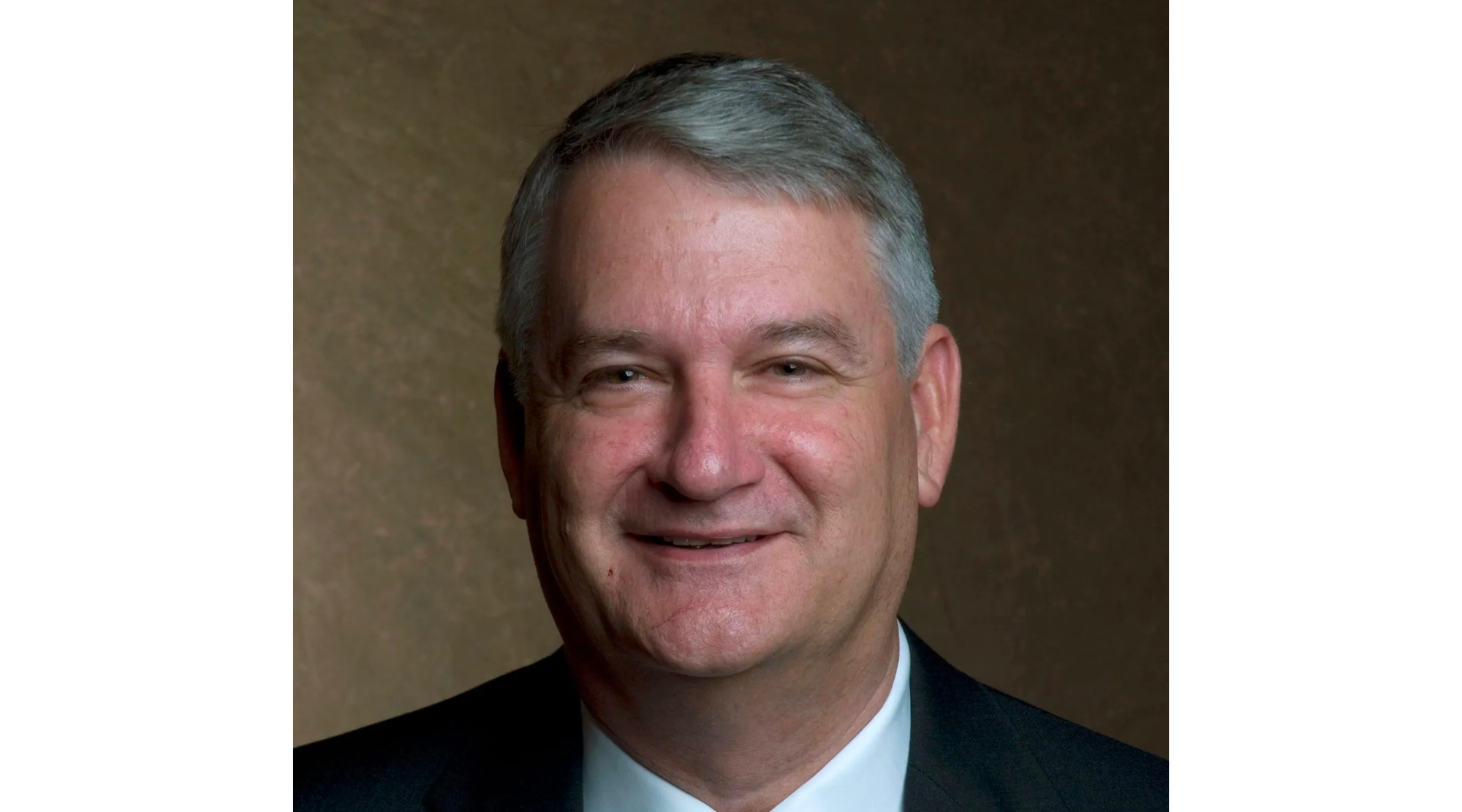Three Cords and the Truth
Published 1:56 pm Wednesday, December 8, 2021
|
Getting your Trinity Audio player ready...
|
If you are going to use the word, “truth”, in the title of an article then you better start off by being honest with your readers. I am not much of a country music fan.
That is probably not a surprise if you knew how many years of classical piano I studied. On top of that, I was raised on rock and roll, a child of the 60’s and 70’s, when a whole new genre had taken over American music, especially among the young. I was one of them.
Harland Howard, an American songwriter, once said that country music was just three cords and the truth. His quote adorns the entrance of the County Music Hall of Fame Museum which Mary Lou and I visited on a visit to Nashville this week. Howard wrote over 4,000 songs, most of them country. He was inducted into the Country Music Hall of Fame in 1997.
Country music is much more complicated that Howard’s oversimplified description, though it fit the bill for many songs as country music evolved. The County Music Hall of Fame does an excellent job of telling the story of how country music began, evolved, and transformed over the past century and a half.
Country music began with homemade fiddles and banjos. Early on, in their folk origins, the music told the stories of where people lived. It was all they knew, and the stories told of their everyday joys and sorrows. Religious influences embraced the new sound and before long it was known as country music, evolving more than being born in the hard knock hills of the South.
As America expanded after the Civil War, so did music. Remote communities gradually accepted the new sounds as popular music moved with the people, piggybacking on minstrel shows and vaudeville troupes. Stephen Foster’s “Oh! Susanna” and “My Old Kentucky Home” are some of the earliest songs to find their way across the country. They are still sung today.
Nashville’s place in the music scene began to expand before the Great Depression when the Grand Ole Opry made its way to the airwaves. It was originally described as a “barn dance” and the program was broadcast for an hour on clear channel station WSM. It is still the longest running radio broadcast in US history.
By the 1930’s WSM was a broadcasting giant of 50,000 watts. It beamed the Opry to over 30 states and the program lasted for four hours. Much of the country had little money and nothing to do. They embraced the songs telling the truth about the hard lives many were living during those times.
Just as the migration of Americans and the advent of powerful radio stations had spread the country music sound, it began evolving even more. Honky-tonk music played with an amplified steel and fiddle style connected with many who had “left their home out on the rural route” as Hank Williams would sing.
Bluegrass became popular along about the same time. Earl Scruggs and Bill Monroe were some icons of this early movement that featured more adventurous music mixed with a bit of jazz.
Of course, who can forget Elvis Presley, who in many ways changed popular music. He merged the Memphis blues and Grand Ole Opry sounds, mixed it with some religion and body language and America had a new star. Rockabillies, they were called, but what they really had was music with attitude.
The museum contained artifacts that reflect a different period. Presley’s gold Cadillac is one of several automobiles on display. Webb Pierce’s convertible had handguns mounted as the door handles, with a rifle mounted on the turtle shell. It was as outlandish as some of the costumes that country music wore as their popularity expanded with television and live concerts.
In the early 1970’s southern rock became immensely popular. Even non-country music lovers, like me, danced and sang to The Allman Brothers Band, The Marshall Tucker Band, and Lynard Skynyrd, with its southern anthem “Sweet Home Alabama”.
Prime time television, mixed with emerging cable and satellite networks put country music in front of audiences all over the country, twenty-four hours a day. It was everywhere and it was here to stay.
I will not go into the current country music platforms. They are highly choreographed, state of the art productions. Tens of thousands of fans will pack stadiums to hear the latest country artists woo the crowd. I like a lot of this music.
What I discovered during our two-hour visit is that I was more of a country music fan than I ever realized. I watched programs like “Hee-Haw” and “The Glen Campbell Show”. I had forgotten how many jingles and advertisements on television during my younger years.
If you are looking for a good trip, make a visit to Nashville and visit the Country Music Hall of Fame. No matter what your own musical taste, you will find the story of country music fascinating and entertaining. It is indeed more than three cords and the truth.


